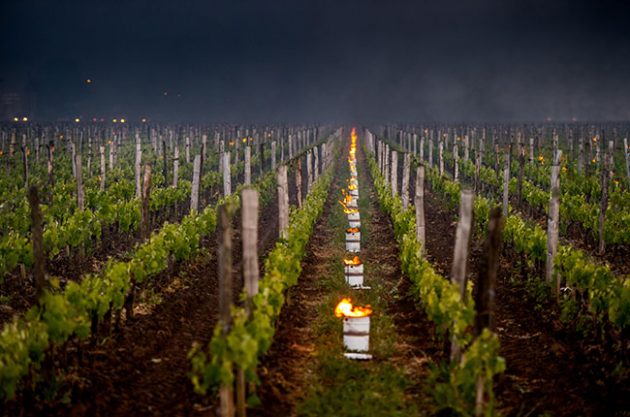
World wine production plummets to 1960s levels
Wine lovers may have to pay more for some of their favourite bottles after new figures showed world production has sunk to ‘historic lows’, after severe frosts and heatwaves curtailed 2017 yields in France, Spain and Italy.
Small harvests in Europe’s main producing countries means that world wine production has sunk back to levels barely seen since the 1950s and early 1960s, the International Organisation of Vine and Wine (OIV) said.
It estimated that global production would hit 246.7 million hectolitres in 2017, equivalent to 24.67 billion litres, down by 8% versus 2016.

How world wine production has changed in the 21st Century. Credit: OIV.
Severe spring frosts and a spike of hot weather dubbed the ‘lucifer heatwave’ mean that Italy is facing its smallest harvest for 60 years and France is expected to produce one of its lowest grape hauls in the post-Second World War era.
Spain and Germany are also expected to see harvests shrink, although the US is expected to produce the same as last year – despite the recent fires in California wine country.
Italy, France and Spain are the world’s biggest three wine producing nations and these three expected to register declines of 23%, 19% and 15% respectively on last year, to 39.3, 36.7 and 33.5 million hectolitres.
The OIV’s warning follows on from global wine production hitting a 20-year low in 2016, with Argentina and Chile suffering from the effects of El Niño that year.
Historically low harvests have raised the question of price rises for wine lovers.
Analysts at Rabobank said that they expected global wine stocks to ‘dramatically tighten’, which would exacerbate rising prices for wine shipped in bulk – generally sold at the lower end of the price ladder.
However, effects on price are difficult to predict and the weather has not distributed its wrath in uniform fashion across Europe’s vineyards.
Premium wines from the 2017 harvest will not be released for several months, and even years, in some cases. And a lot will depend on stock levels in different regions and appellations.
There is concern about the financial stability of producers in some regions, such as the Loire in France, which was hit hard by frost in both 2016 and 2017.
Quantity is not everything and there has been early optimism around quality in several European regions.
In the Rhône, Matt Walls reported on Decanter.com this week that a hot and dry summer led to record early harvests and excellent grapes, even if volume was lacking in several areas.
Burgundy, meanwhile, is facing the biggest overall crop since 2009.
